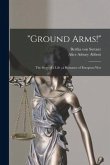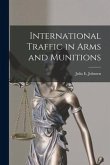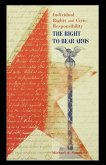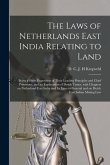This open access volume surveys the state of the field to examine whether a fifth wave of deterrence theory is emerging. Bringing together insights from world-leading experts from three continents, the volume identifies the most pressing strategic challenges, frames theoretical concepts, and describes new strategies. The use and utility of deterrence in today's strategic environment is a topic of paramount concern to scholars, strategists and policymakers. Ours is a period of considerable strategic turbulence, which in recent years has featured a renewed emphasis on nuclear weapons used in defence postures across different theatres; a dramatic growth in the scale of military cyber capabilities and the frequency with which these are used; and rapid technological progress including the proliferation of long-range strike and unmanned systems. These military-strategic developments occur in a polarized international system, where cooperation between leading powers on arms control regimes is breaking down, states widely make use of hybrid conflict strategies, and the number of internationalized intrastate proxy conflicts has quintupled over the past two decades. Contemporary conflict actors exploit a wider gamut of coercive instruments, which they apply across a wider range of domains. The prevalence of multi-domain coercion across but also beyond traditional dimensions of armed conflict raises an important question: what does effective deterrence look like in the 21st century? Answering that question requires a re-appraisal of key theoretical concepts and dominant strategies of Western and non-Western actors in order to assess how they hold up in today's world. Air Commodore Professor Dr. Frans Osinga is the Chair of the War Studies Department of the Netherlands Defence Academy and the Special Chair in War Studies at the University Leiden. Dr. Tim Sweijs is the Director of Research at The Hague Centre for Strategic Studies and a Research Fellow at the Faculty of Military Sciences of the Netherlands Defence Academy in Breda.
Hinweis: Dieser Artikel kann nur an eine deutsche Lieferadresse ausgeliefert werden.
Hinweis: Dieser Artikel kann nur an eine deutsche Lieferadresse ausgeliefert werden.

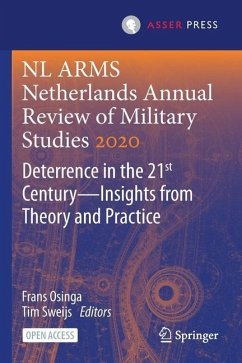
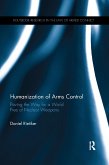
![An Essay on a Congress of Nations for the Adjustment of International Disputes Without Resort to Arms [microform] An Essay on a Congress of Nations for the Adjustment of International Disputes Without Resort to Arms [microform]](https://bilder.buecher.de/produkte/65/65585/65585198m.jpg)
![A Review of the Government and Grievances of the Province of Quebec Since the Conquest of It by the British Arms [microform]: to Which is Added, an Ap A Review of the Government and Grievances of the Province of Quebec Since the Conquest of It by the British Arms [microform]: to Which is Added, an Ap](https://bilder.buecher.de/produkte/66/66119/66119789m.jpg)
